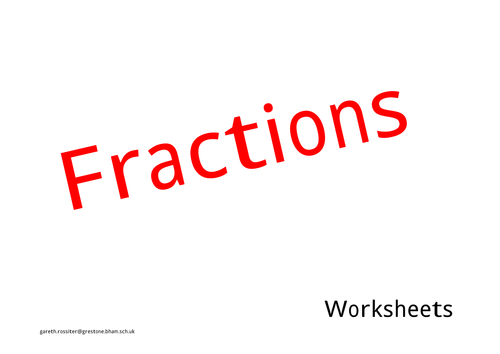Number: Fractions
As well as being useful in a real world context, the ability to manipulate and calculate with fractions is vital for pupils’ later success with algebra.
In these chapters, pupils progress from working with unit fractions (where the numerator is 1) and fractions with small denominators, to comparing, ordering and simplifying any fraction. They also learn to add and subtract any fraction, multiply proper fractions and mixed numbers by integers, multiply pairs of proper fractions and divide proper fractions by integers.
Pupils learn that fractions can be a number in themselves (ie, that it is possible to locate 3⁄5 at a particular point on a number line) and are also an operator (so, you can find 3⁄5 of something). When they begin to work with decimals and percentages, they realise that the dual nature of fractions (ie, that they are both a number and an operator) is what makes them distinctive.
Decimals, for example, are generally used as numbers and rarely as operators – ie, you can find 0.6 of something, but tend not to. Percentages, on the other hand, are more often used as operators, rather than as numbers – ie, you could say that 60% is the number 0.6, but you usually wouldn’t.
Throughout this learning journey, it is vital that pupils build their understanding of fractions using varied concrete and pictorial representations. It is important that the use of these representations should not just be confined to the early chapters.






